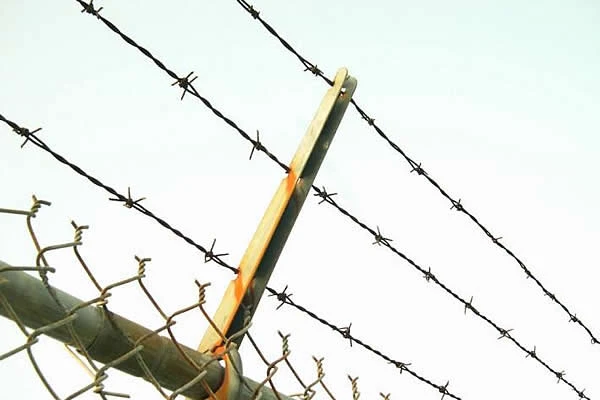 TEL:
+86-13102802206
TEL:
+86-13102802206
 Email:
fencenetting@china.com
Email:
fencenetting@china.com
 Language
Language
 TEL:
+86-13102802206
TEL:
+86-13102802206
 Email:
fencenetting@china.com
Email:
fencenetting@china.com
 Language
Language


316 Stainless Welding Wire A Comprehensive Overview
316 stainless steel is an alloy that is highly regarded in various industrial applications due to its exceptional corrosion resistance, strength, and durability. When it comes to welding, choosing the right welding wire is crucial to ensuring a robust and reliable joint. 316 stainless welding wire is specifically designed for this purpose, making it the preferred choice for many welding professionals.
One of the primary features of 316 stainless welding wire is its composition. This wire contains molybdenum, which enhances its resistance to pitting and crevice corrosion in chloride environments. This characteristic is particularly advantageous in marine applications, where exposure to saltwater can be detrimental to less resistant materials. Moreover, the addition of nickel provides improved toughness and a higher degree of flexibility, allowing for better welding performance across various conditions.
The welding process using 316 stainless welding wire can be carried out through several methods, including Gas Tungsten Arc Welding (GTAW), Gas Metal Arc Welding (GMAW), and Flux-Cored Arc Welding (FCAW)
. Each method has its unique advantages and is chosen based on the specific requirements of the project. For example, GTAW is favored for its ability to produce high-quality welds with precision, making it suitable for critical applications in industries such as aerospace and food processing.
When working with 316 stainless welding wire, it is essential to consider the wire diameter. Different projects may require different diameters to achieve optimal penetration and bead shape. Generally, the choice of wire diameter will depend on the thickness of the base materials being joined. Thicker materials may necessitate a larger diameter wire to ensure adequate weld puddle volume and heat input.
Proper pre-weld cleaning and preparation are vital for achieving superior weld quality. Contaminants such as oil, rust, or dirt on the base metal can lead to defects and undermine the strength of the final weld. Therefore, it is advisable to clean the surfaces thoroughly before welding to ensure a solid bond.
In terms of applications, 316 stainless welding wire is widely used in various sectors, including chemical processing, food and beverage manufacturing, and marine construction. Its combination of strength, reliability, and resistance to harsh environments makes it ideal for scenarios where other materials may fail.
In conclusion, 316 stainless welding wire is an essential tool for any professional welder dealing with stainless steel applications. Its unique properties provide outstanding performance in challenging environments, making it a go-to choice for many industries. By understanding its characteristics, proper welding techniques, and applications, welders can ensure high-quality results that stand the test of time.